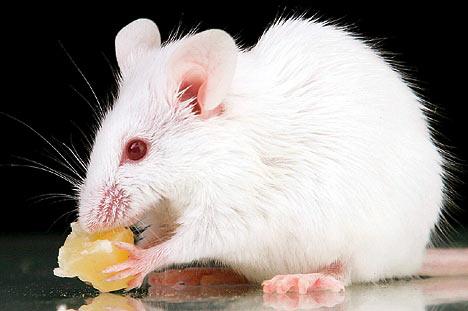In the assessment and evaluation of the toxic characteristics of a chemical, the determination of sub-chronic oral toxicity using repeated doses may be carried out after initial information on toxicity has been obtained from acute or repeated dose 28-day toxicity tests. The 90-day study provides information on the possible health hazards likely to arise from repeated exposure over a prolonged period of time covering post-weaning maturation and growth well into adulthood. The study will provide information on the major toxic effects, indicate target organs and the possibility of accumulation, and can provide an estimate of a no-observed-adverse-effect level of exposure which can be used in selecting dose levels for chronic studies and for establishing safety criteria for human exposure. The revised Guideline places additional emphasis on neurological endpoints and gives an indication of immunological and reproductive effects. The need for careful clinical observations of the animals, so as to obtain as much information as possible, is also stressed. This study should allow for the identification of chemicals with the potential to cause neurotoxic, immunological or reproductive organ effects, which may warrant further in-depth investigation.
PRINCIPLE OF THE TEST:
The test substance is orally administered daily in graduated doses to several groups of experimental animals, one dose level per group for a period of 90 days. During the period of administration the animals are observed closely for signs of toxicity. Animals which die or are killed during the test are necropsied and, at the conclusion of the test, surviving animals are also killed and necropsied.
A vizsgálat pontos részleteiről ebben a dokumentumban olvashat:
http://eur-lex.europa.eu/LexUriServ/LexUriServ.do?uri=OJ:L:2008:142:0001:0739:HU:PDF
